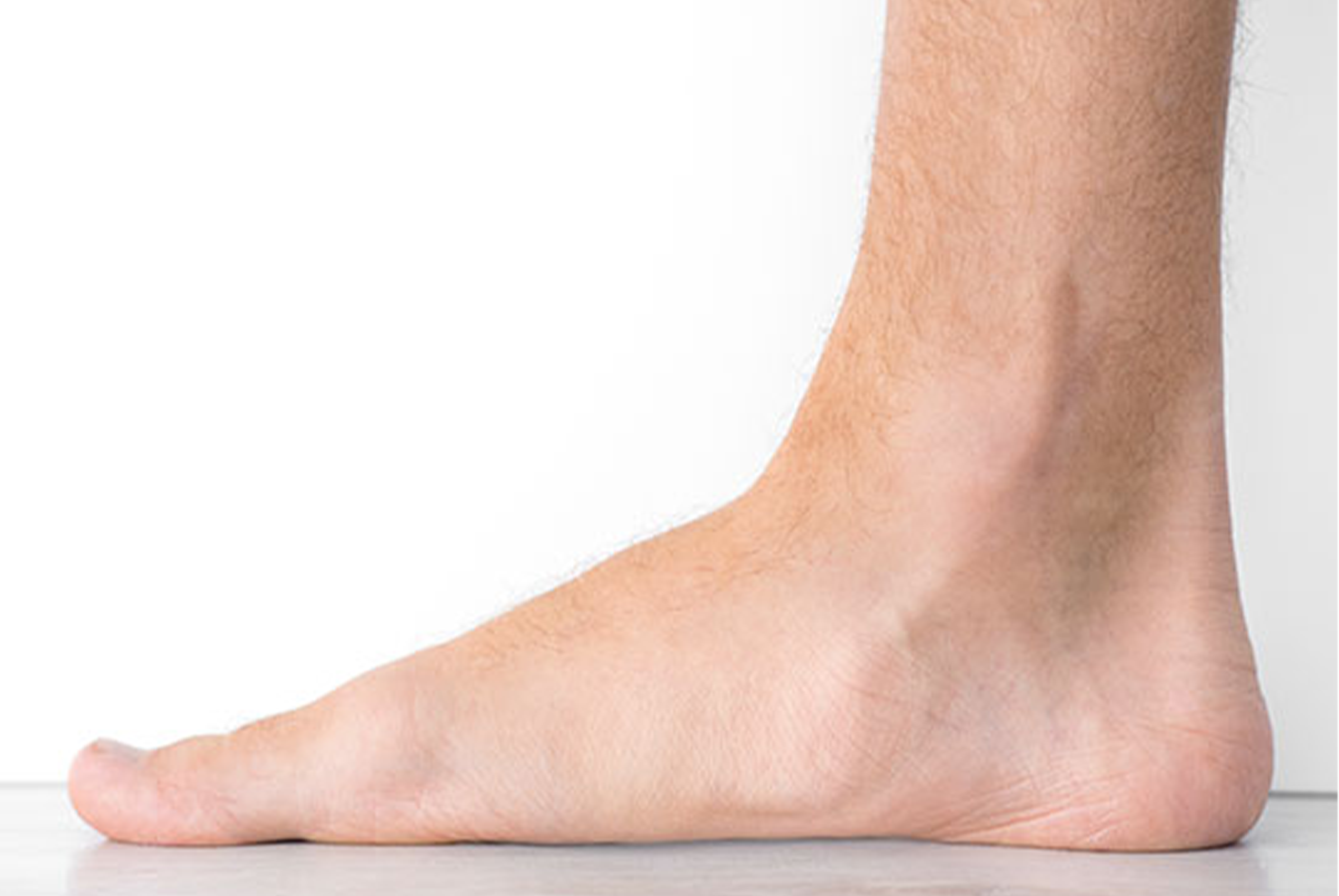

30%: it’s possible to get this rating in a unilateral occurrence if the Achilles tendon is inwardly displaced and experiencing spasms if there is marked pronation (walking on the inside of the foot) and if there is severe tenderness of the plantar surfaces of the foot.30%: same symptoms but occurs in both feet (bilateral pes planus).20%: severe unilateral flat foot with a clear deformity, regular swelling upon use, and characteristic callouses.10%: if there is pain in using the foot the weight-bearing stays on the big toe rather than spread over the whole foot or there is an inward bearing of the Achilles tendon (whether unilateral or bilateral).At this rating, the flat feet are considered mild and non-compensable. 0%: Symptoms can be relieved by using arch supports.Ratings can be assigned up to 50% and are decided as follows: MILD: § 4.71a which covers the musculoskeletal system. In deciding the disability rating for flat feet, the VA uses the rating schedule 38 C.F.R. If severe and there is suspicion of major tendon or soft tissue damage, an MRI may be performed. This will be followed by a muscle strength test which will have the patient raise up on their toes and then invert their feet against resistance.įinally, there will be an assessment of the patient’s walking gait to see how far they are walking on the inward parts of their feet. The range of motion will then be examined to determine if the pes planus is flexible (arch is present until weight-bearing) or rigid (no arch at all extremely rare).

Next, the examiner will touch the posterior tibial tendon, the lateral rearfoot, and the plantar fascia to look for tears, scarring, and other abnormalities. Feet will then be compared for asymmetry. Any flat foot should be apparent immediately. The first will be an inspection of the feet that evaluates them with and without weight-bearing. To determine the severity of your pes planus condition, you will undergo an examination which will consist of a number of tests. The following will break down how the VA rates pes planus and what they will be looking for in order to accept a claim. If flat feet is a condition you are experiencing, you should know that the VA does rate flat feet for disability compensation.

Peripheral neuropathy (damaged or diseased nerves that carry messages to the body from the brain or spine).Rheumatoid arthritis (chronic inflammation of joints).Inflammation or damage to the posterior tibial tendon which runs down the lower leg to the middle of the arch of the foot.Pes planus can develop over time due to the following risk factors: Plantar Fasciitis (inflammation of the fibrous tissue along the bottom of the foot that connects your heel bone to your toes).Hammertoes (contracture, or bending, of one or both joints of the second, third, fourth, or fifth toes).Arthritis (the swelling and tenderness of joints).Bunions (bony bump formed on the base joint of your big toe).Depending on the severity and the lack of treatment, it can contribute to other conditions such as: There is a large variation in the severity of pes planus. Noticeable foot fatigue which happens without much use.Difficulty performing certain movements, such as standing on your toes.Those with more severe cases of flat feet may experience symptoms such as: Some will experience foot pain and swelling as it progresses. While there are not always symptoms resulting from pes planus, over time it can alter the mechanics of the legs and spine which can increase pain and injuries. This condition can occur in both feet (bilateral). Pes planus can be recognized by the fact that the arch (or arches) of your foot is either touching the ground or is nearly touching the ground.


 0 kommentar(er)
0 kommentar(er)
